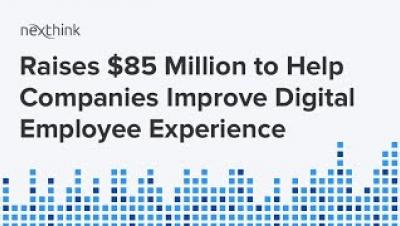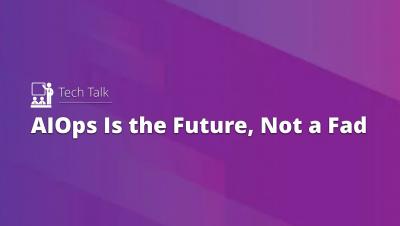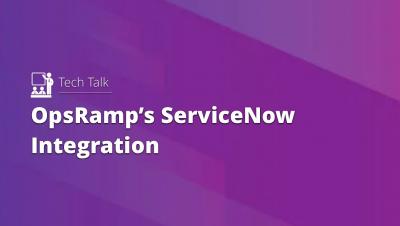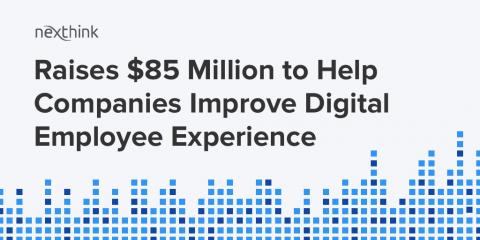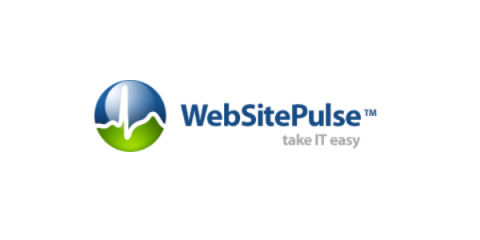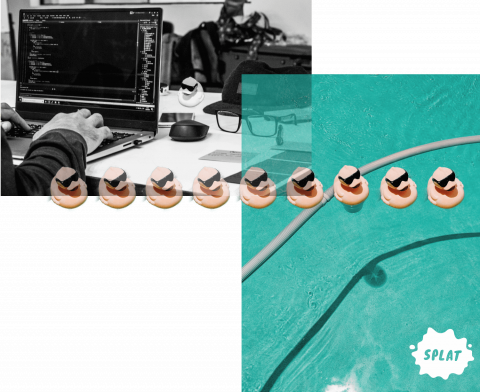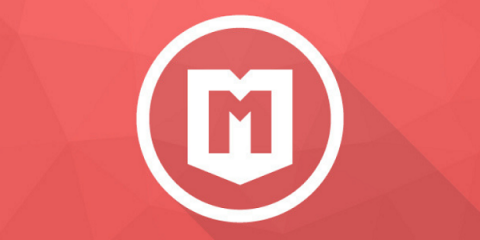Operations | Monitoring | ITSM | DevOps | Cloud
Monitoring
The latest News and Information on Monitoring for Websites, Applications, APIs, Infrastructure, and other technologies.
OpsRamp Tech Talk - #AIOps Is the Future, Not a Fad
OpsRamp Tech Talk: #ServiceNow Integration - with Jordan Sher and Curt Thorin
Soundbites: Innovative IT Leaders on the Impact of AI for IT Operations
We caught up with IT leaders from today's most innovative brands to get their thoughts on how AI will transform IT operations. See what they have to say.
Moving Ahead: $85 Million in Funding and the Next Chapter in Our Journey
Patrick, Vincent and myself founded Nexthink because we believed in a future in which IT departments and employees work together to have a great digital experience. At that time, we observed that IT departments were traditionally focused on server, network and applications and often neglected the employee experience as a key driver for success and productivity. At best, organizations were reactive to support users, instead of proactively fixing issues before employees were impacted.
8 Features your e-commerce website must have to make it big
If you are running an online business, your sales will greatly depend on the quality and availability of your e-commerce website. While the quality of the product is equally important, it is your website that tempts potential consumers to buy your product. In an age when the majority of customers search and buy products or services online before visiting a store, the quality of your e-commerce website becomes more important in shaping public perception about your product.
The Next Great Thing in Rubber Duck Debugging
There's a line in the second Harry Potter film where a wizard named Mr. Weasley asks “Tell me, what exactly is the function of a rubber duck?” It’s a good question. Some acceptable answers: rubber ducks are for singing to in the bath, floating down a river as part of a creative fundraiser raise money, or to entertain your dog. Developers, however, have a completely different answer to Mr. Weasley's question.
Part II: Anomaly detection within monitoring: how can you get started?
In a previous post we introduced anomaly detection as a group of techniques used to identify unusual behavior that does not comply with expected data pattern. In this article we will find out how we can apply anomaly detection within monitoring.
9 Gifts for Your Stressed-Out MSP Colleagues
Tracking VueJS SPA user behaviour with Google Analytics
In the past I used to use the right tool for the right purpose. This led me to employ a lot of tools, and with most turning out to use subscription-based billing, increasing our costs much more that I would have hoped for. So, I adopted a new strategy: Use as few tools as possible, but use them as much as possible.


